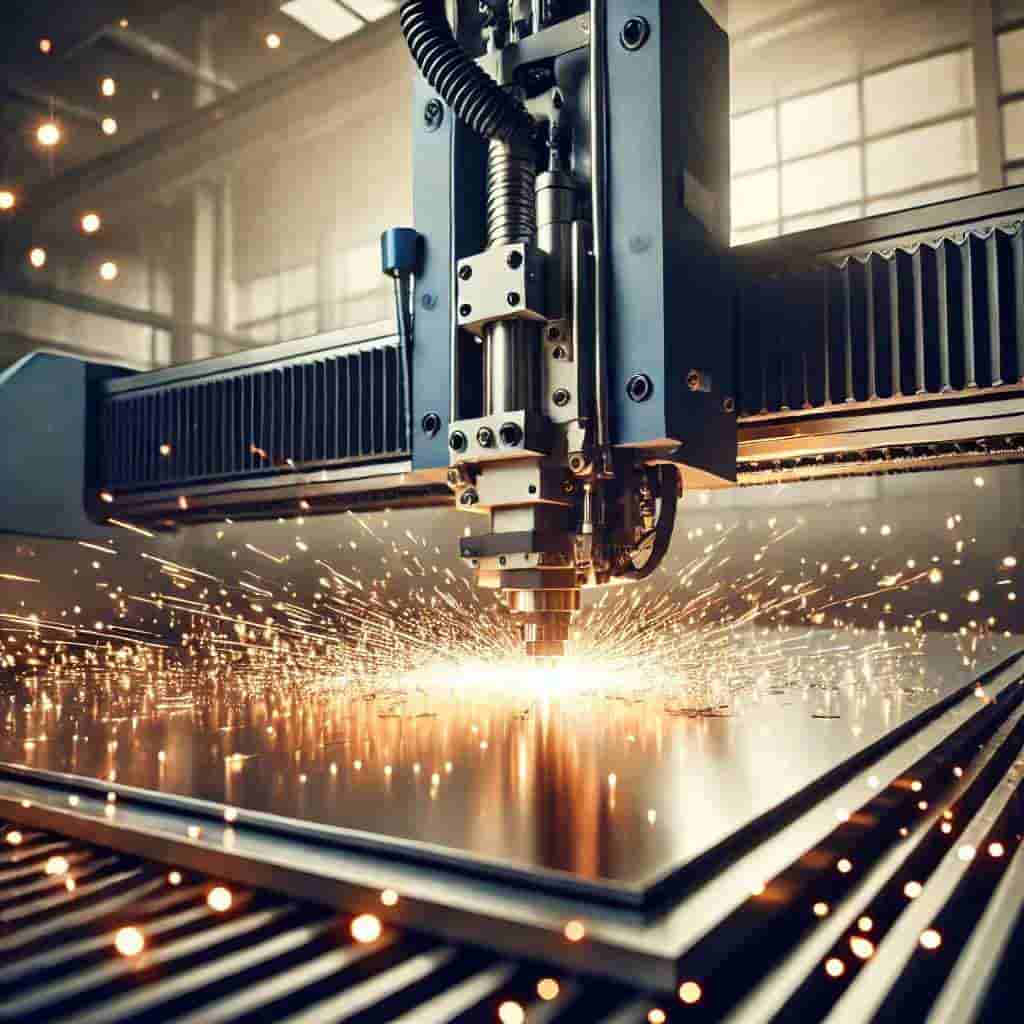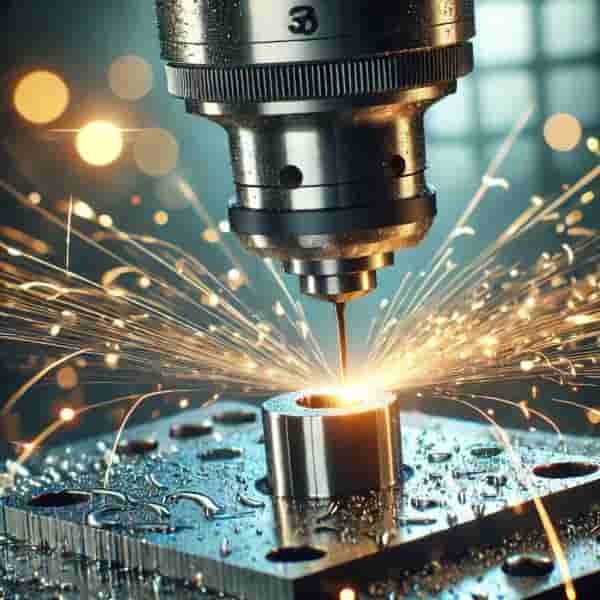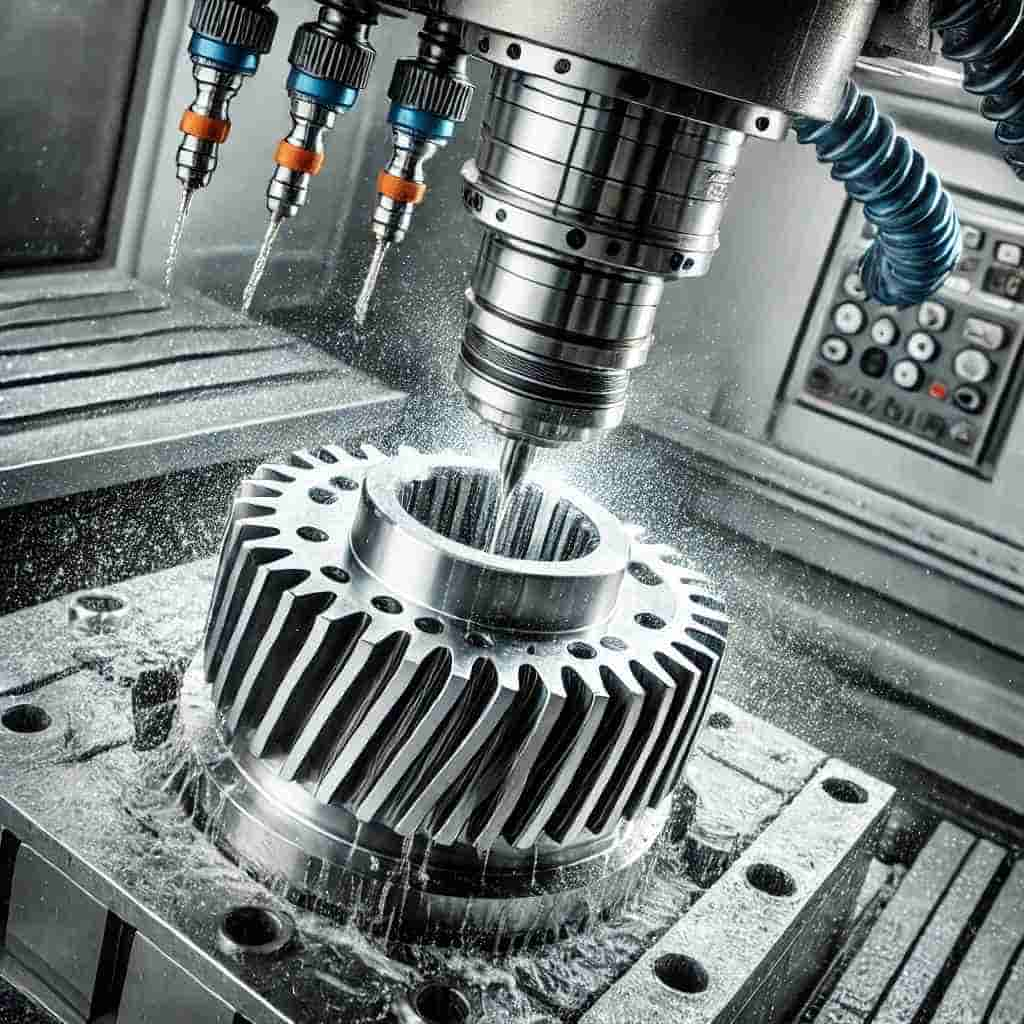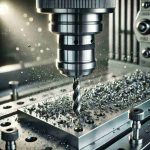Surface finishing plays a vital role in determining the quality and performance of CNC machined parts. Here, we discuss some standard finishing processes in various industries.
ANODIZING
Anodizing effectively improves the corrosion protection, mechanical properties, and appearance of products, especially aluminum. This procedure involves forming a robust and rust-proof oxide film on the surface of the metal. Anodizing forms an oxide layer, forming a coating around the metal. Not only does this improve the metal’s characteristics, but it also contributes to the aesthetic value of the final product.
Process
- Surface Preparation: Part cleaning occurs before applying the anodizing process. Thorough cleaning removes oils and dirt. Operators may use mechanical or chemical pretreatment techniques like polishing or etching.
- Immersion in Electrolyte Solution: After cleaning, technicians put the part in an electrolyte bath, often acidic, sulfuric, or chromic acid. This bath creates an electrolytic process, resulting in the formation of the oxide layer. In this process, the part itself forms the anode of the system. A cathode is aluminum or leads just opposite the anode.
- Application of Electric Current: Technicians pass direct current (DC) through the part and the cathode, and an electrochemical process occurs at the part. Ions from the electrolyte react with the aluminum atoms on the part’s surface and produce aluminum oxide (Al₂O₃). This oxide layer is porous at first and facilitates the subsequent fabric treatment, such as dyeing.
- Coloring and Sealing: The anodized layer allows dyes to penetrate, making it easy to dye the part. Organic or inorganic dyes penetrate the pores. Sealing is the last process to increase corrosion protection and prevent the color from fading. This involves raising the part to a boiling point, whereby the aluminum oxide hydrates and closes all pores. Other sealing types include chemicals such as nickel acetate to protect the surface further.
Types of Anodizing
- Type I (Chromic Acid Anodizing): It uses Chromic acid as the electrolyte and forms a thin and smooth anodic layer. However, it has a lower abrasion resistance than the other coatings. It is most applicable in aerospace parts where the fundamental properties are fatigue strength and high corrosion resistance.
- Type II (Sulfuric Acid Anodizing): This method is familiar with a sulfuric acid solution as an electrolyte. The parts in this process are thicker than those in chromic acid anodizing. Type II anodizing is favorable for dyeing the surface and is suitable for aesthetic use. It is famous for most small appliances, car accessories, and buildings where appearance, moderate resistance to rusting, and strength are desirable.
- Type III (Hard Anodizing using Sulfuric Acid at Lower Temperatures): Comparable to Type II but at cooler temperatures and higher voltages. It produces a considerably denser and more rigid oxide coat. It is famous for its high abrasion resistance coupled with high hardness properties. The anodic layer is thicker, up to 100 microns thick, and has improved rate properties regarding wearing and corrosion. Appropriate for demanding roles such as aerospace goods, military products, and industrial equipment. These applications require maximum durability of the surface or the whole device. Possible applications include pistons, gears, and other moving parts.
BEAD BLASTING
Bead blasting is another method of surface finishing that impinges high-pressure oxide-base glass beads on the surface of a material. Adjusting the process allows for smooth and rough surfaces with the help of the abrasive media. It is common in beautification, surface preparation, or stripping off surface contaminants such as rust or paint.





